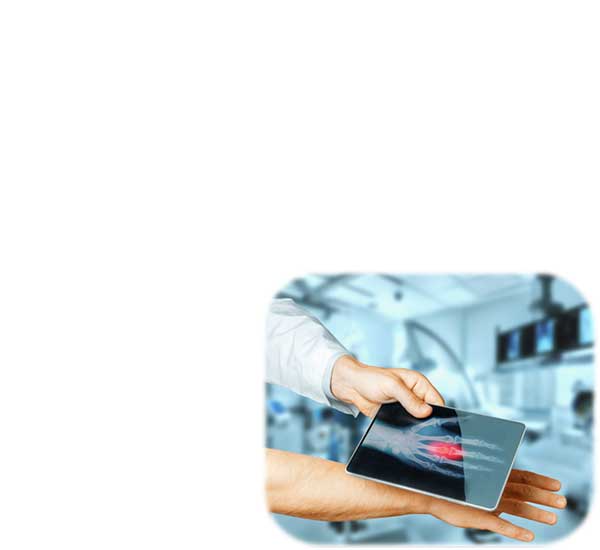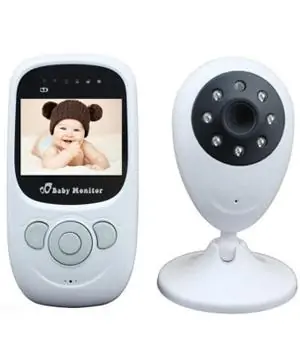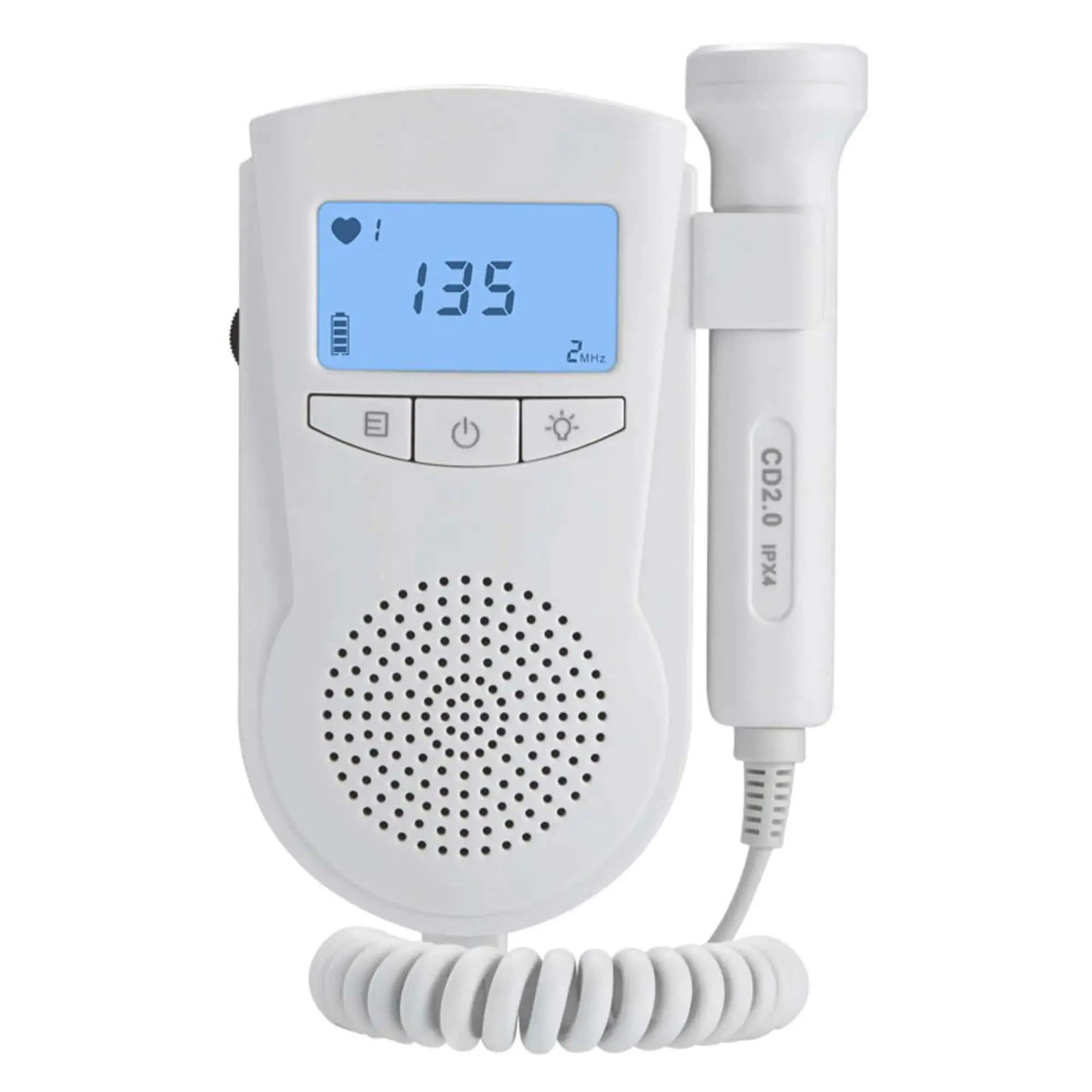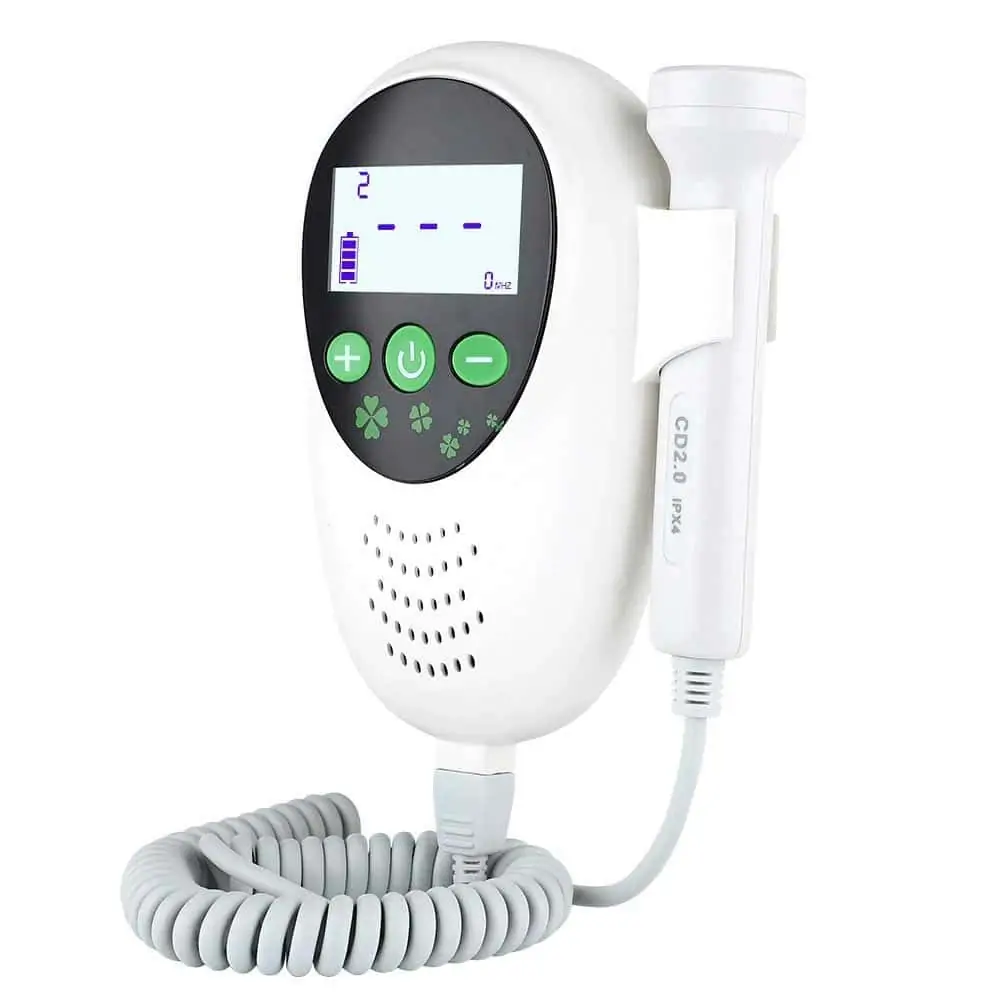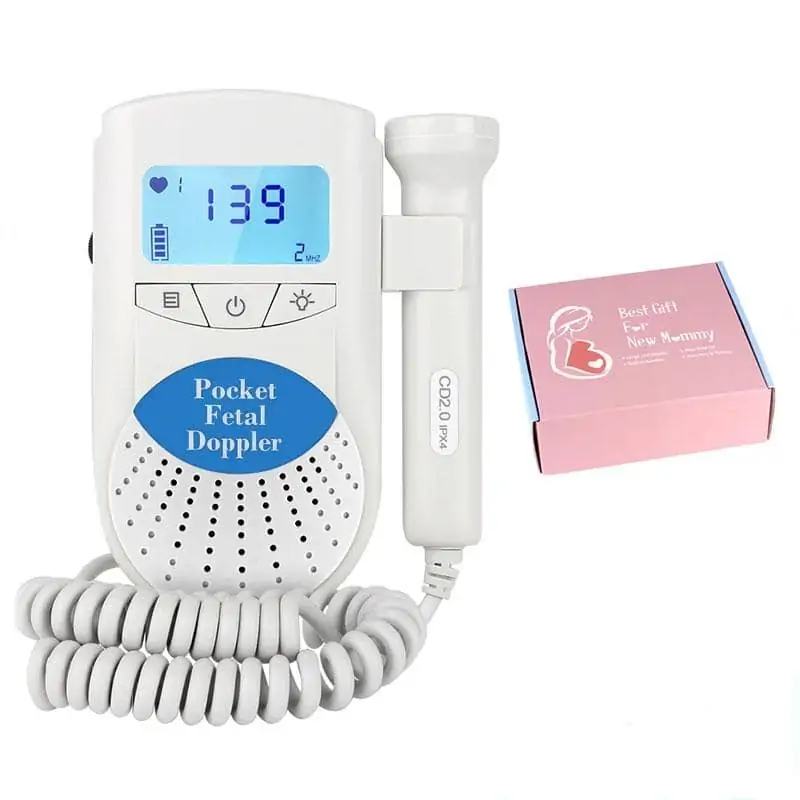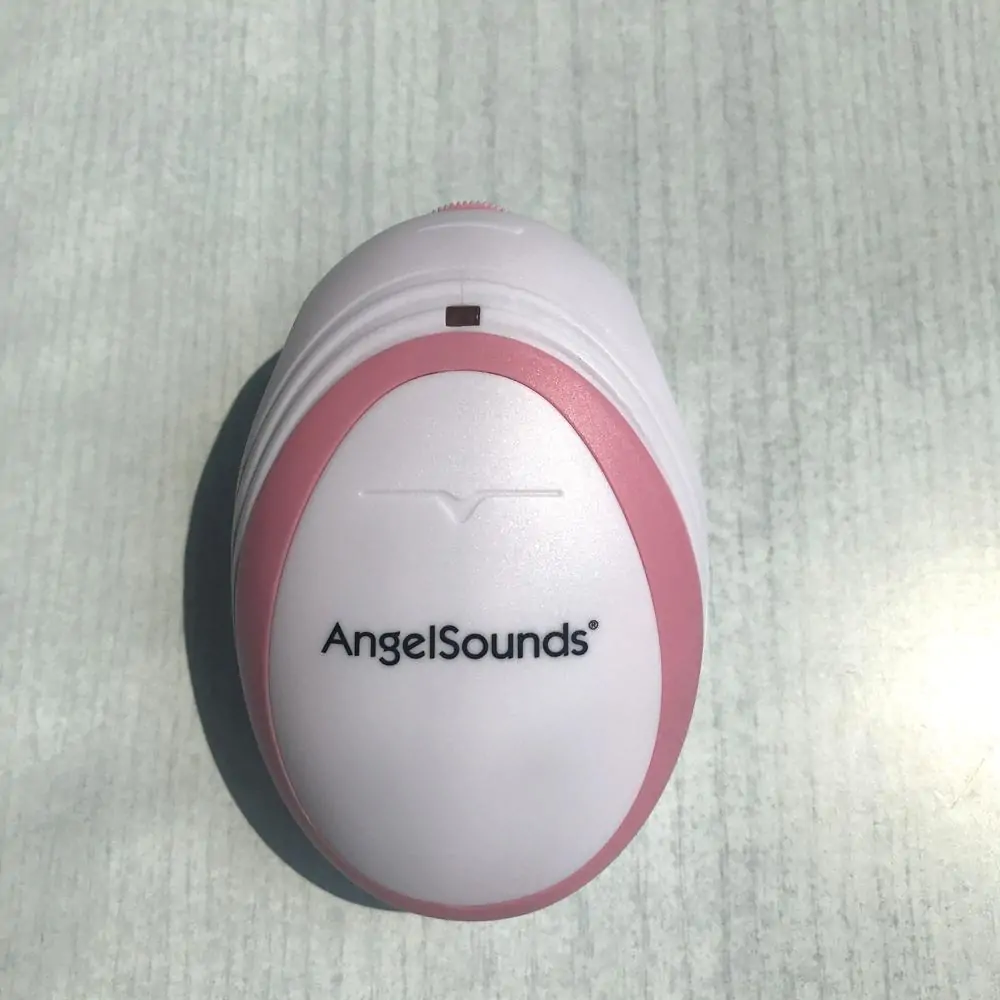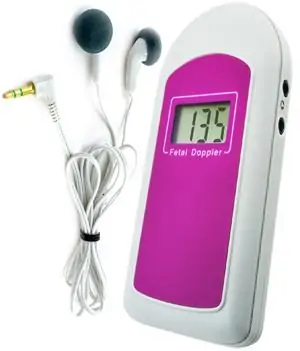Fetal Doppler Monitor: A Thorough Guide Leave a comment

Fetal Doppler Monitor
Fetal Doppler monitors have revolutionized the way expectant parents connect with their unborn babies. These innovative devices allow parents to hear their baby’s heartbeat in the comfort of their home. Whether you’re a parent-to-be or simply interested in prenatal care advancements, this article will provide you with valuable insights into fetal Doppler monitors.
What is a Fetal Doppler Monitor?
A fetal Doppler monitor is a handheld ultrasound device that uses sound waves to detect a fetus’s heartbeat. It works on the same principle as medical ultrasound machines, projecting sound waves that bounce off moving objects, such as the fetal heart, and returning signals to create audible heart sounds.
Key Features of Fetal Doppler Monitors
-
- Portability: Compact and easy to carry, perfect for home or on-the-go use.
-
- User-Friendly: Most models come with clear instructions for easy operation.
-
- Real-Time Monitoring: Listen to your baby’s heartbeat in real-time,enhancing emotional connection.
-
- Non-Invasive: Safe for both the mother and baby,with no radiation exposure.
Benefits of Using a Fetal Doppler Monitor
Fetal Doppler monitors offer a myriad of benefits for both parents and healthcare providers. Here are some of the key advantages:
1. Enhanced Emotional Bonding
Hearing your baby’s heartbeat for the first time is a breathtaking experience. A fetal Doppler monitor fosters an emotional connection between parents and their unborn child, making the pregnancy journey even more special.
2. Peace of Mind
Many parents experience anxiety during pregnancy. Having a fetal Doppler monitor allows you to check the heartbeat whenever you feel concerned, offering peace of mind between regular prenatal visits.
3. Early Detection of Complications
regular monitoring with a fetal Doppler can help identify potential problems early, such as fetal distress or placental issues. This information can prompt timely medical intervention.
4. Fun for Family
Using a fetal Doppler monitor isn’t just for parents. It’s a delightful experience for siblings and extended family members to join in and listen to the baby’s heartbeat, creating a supportive family atmosphere.
How to Use a Fetal Doppler Monitor
Using a fetal Doppler monitor is straightforward, but here are some practical tips for first-time users:
Step-by-Step Guide
-
- Choose the Right Time: It is best to use the Doppler when lying down in a quiet environment.
-
- Apply Gel: Use a water-soluble gel on your lower abdomen to enhance sound wave transmission.
-
- Position the Monitor: Hold the monitor at a 45-degree angle to your abdomen, starting near the pubic bone and rolling it slowly.
-
- Listen: If the heartbeat is detectable, you’ll hear a rhythmic “whooshing” sound.
Vital Considerations
-
- Only use the monitor for short periods.
-
- Do not rely solely on the monitor for medical diagnoses; always consult a healthcare provider.
-
- Understand that early in the pregnancy, the heartbeat may be harder to detect.
When to Start Using a Fetal Doppler Monitor
Most experts recommend starting to use a fetal Doppler monitor around the 10-12 week mark of pregnancy. However, keep in mind that the baby’s heartbeat may not always be immediately detectable early on, so patience is key.
Case Studies: Real-Life Experiences with Fetal Doppler Monitors
Case Study 1: Sarah’s First Encounter
Background: Sarah, a first-time mom, used a fetal Doppler monitor from week 12 of her pregnancy.
>
Experience: “Hearing my baby’s heartbeat for the first time was magical. I was nervous initially, but the comfort it provides was invaluable. My husband was just as excited and listened along with me.”
Case Study 2: James and Emily’s Twins
background: Expecting twins, James and Emily found frequent check-ups vital.
>
Experience: “The Doppler helped us keep track of both heartbeats. It brought a sense of joy and assurance knowing that both our babies were doing well.”
Evidence-Based Insights on fetal Doppler Monitors
Efficacy and Safety
Studies show that fetal Doppler monitors are effective for monitoring fetal heart rate (FHR) in non-clinical settings.A recent medical review highlighted:
-
- The Doppler’s ability to detect abnormalities in FHR, which aids in the timely identification of potential risks.
-
- The safety of using Dopplers at home with proper guidance, emphasizing non-invasive methods.
Table: Comparison of Fetal Doppler Monitors
Here’s a simple table comparing popular fetal Doppler monitors available in the market:
| Monitor Brand | Battery Life | Price Range | key features |
|---|---|---|---|
| Ameda Fetal Doppler | 10 hours | $60-$80 | High-quality sound, LCD display |
| Sonoline B | 15 hours | $50-$70 | Heart rate display, headphone jack |
| Womb Music | 12 hours | $40-$60 | Music capabilities, lightweight |
Practical Tips for Choosing a Fetal Doppler Monitor
When selecting a fetal Doppler monitor, consider the following factors:
1. Sound Quality
Choose a monitor with high-quality audio capabilities to hear the heartbeat clearly.
2. Battery Life
Look for a model with a long battery life for extended use without interruptions.
3. User Reviews
Research user testimonials and ratings to gauge customer satisfaction and reliability.
4. Availability of Accessories
Check if the monitor comes with gel, headphones, or other useful accessories.
Conclusion
A fetal Doppler monitor is an astonishing tool that enhances the prenatal experience. From promoting emotional bonding to providing peace of mind, this device serves numerous benefits for expectant parents. With proper knowledge and care, a fetal Doppler can help keep you connected to your baby, offering a sense of security throughout the pregnancy journey.
Whether you are considering purchasing a fetal Doppler monitor or simply delve into the topic, we hope this article has provided valuable insights. Embrace this incredible technology, and enjoy every heartbeat of your pregnancy!



